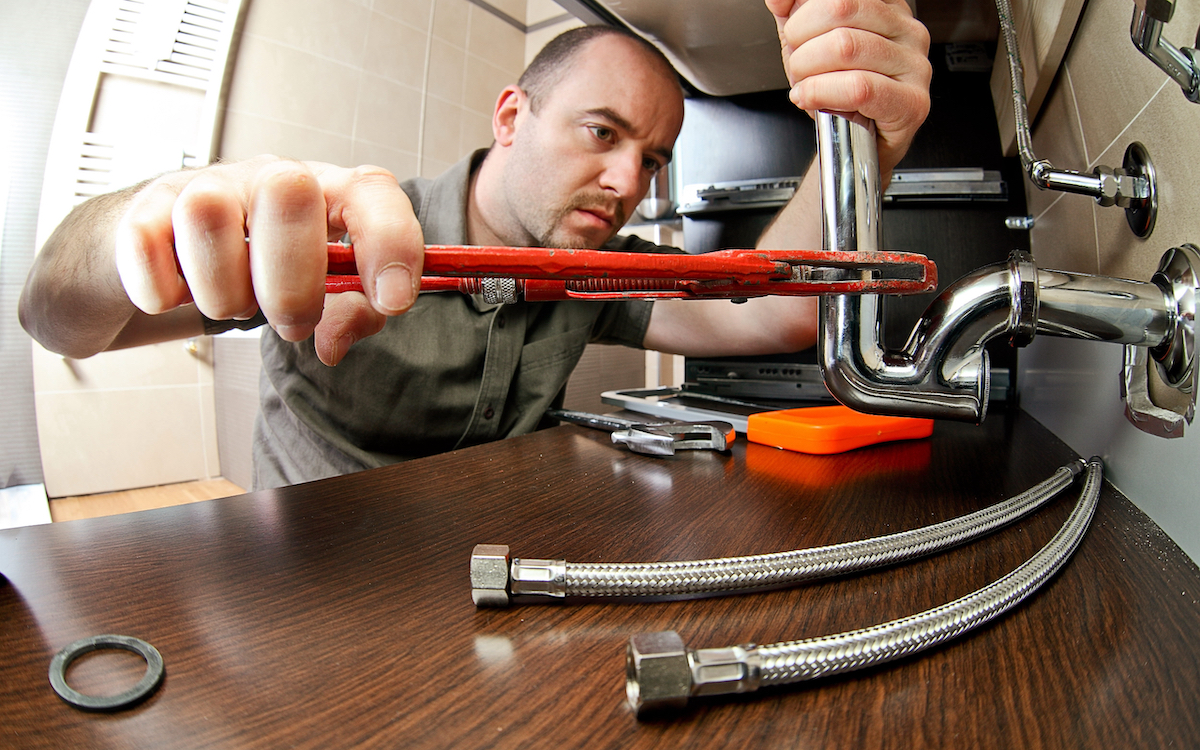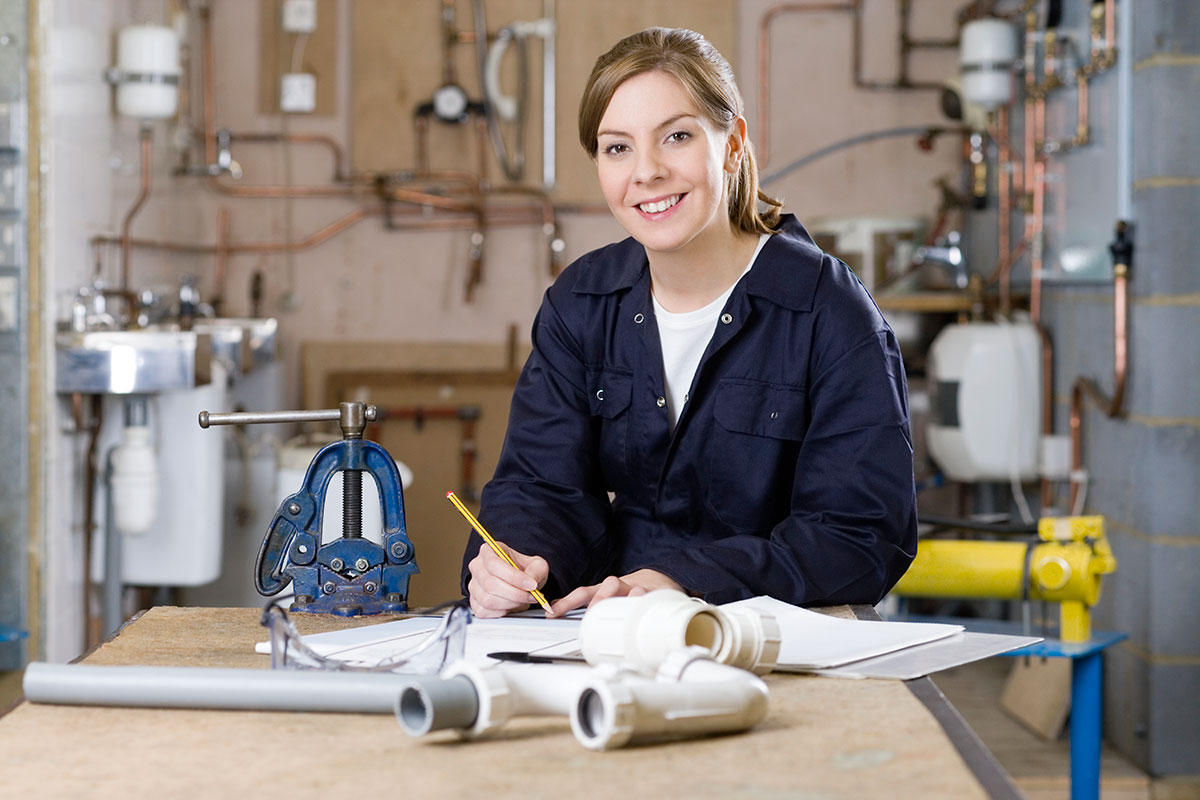A Step-by-Step Guide to Effective Water Heater Installation for Optimum Efficiency
Starting the job of mounting a water heating system is a venture that requires accuracy and a methodical method for attaining ideal efficiency. The procedure begins with the crucial decision of choosing the ideal heater customized to the specific demands of your house, taking into consideration factors such as energy, type, and size resource. As soon as selected, preparing the setup location to satisfy safety criteria is vital. The journey doesn't finish here. As you proceed, the intricacies of attaching water system lines and establishing reputable electric or gas links await, encouraging understandings right into making certain effectiveness and dependability.
Selecting the Right Water Heater

Following, take into consideration the dimension and capability of the water heating unit. It's crucial to analyze your home's warm water demands, which can vary based on the number of residents and their usage patterns. A system that's too tiny may lead to not enough warm water, while an oversized version might result in unneeded energy consumption.
Efficiency rankings likewise play a pivotal function in option. Search for hot water heater with high Energy Factor (EF) scores, suggesting superior performance and reduced energy use. Tankless versions, though typically more pricey in advance, deal substantial power savings over time due to their on-demand heating abilities.
Preparing the Setup Area
Prior to mounting a brand-new water heating system, thorough prep work of the installation location is important. This guarantees a smooth installment procedure and assists prevent future problems (Plumbing Services Alabaster AL). Begin by picking a proper place that abides with local building regulations and security requirements. The area should be dry, well-ventilated, and accessible for upkeep. It's important to determine the room thoroughly to suit the water heater's dimensions, guaranteeing appropriate clearance around the device for effective operation and maintenance.
Following, get rid of any debris, dirt, or obstructions from the website to create a clean environment. Examine the floor for stability, as the hot water heater will require a strong, degree surface area to run successfully. If necessary, mount a drip frying pan beneath the device to capture prospective leakages or spills, protecting against water damages to the surrounding area. In regions prone to seismic activity, take into consideration installing seismic straps to protect the heater firmly in place.
Additionally, guarantee that all necessary devices and materials are on hand prior to beginning the installment. This consists of things such as wrenches, screwdrivers, a degree, and any additional hardware required for securing the heating unit and mounting. A well-prepared installation location establishes the foundation for an effective water heating unit configuration, enhancing performance and safety and security.
Connecting Supply Of Water Lines
When attaching water lines to your freshly installed water heating system, it is essential to guarantee that all links are safe and secure and leak-free to keep efficient procedure and prevent water damage. Begin by determining the warm and cold water lines. The cool water inlet is generally marked with a blue tag or a "C", while the warm water outlet is noted with a red tag dig this or an "H".
Usage adaptable water heating system ports to help with a much easier installation process. Before connecting the adapters, place a plumbing's tape around the threaded ends of the water heating system's inlet and outlet pipes.
When connections are in place, slowly switch on the major water supply valve. Inspect each connection for leakages by aesthetically inspecting and really feeling for wetness. Tighten up connections as essential, and make sure the pressure relief shutoff is appropriately installed, protecting against excessive pressure build-up.
Establishing Electrical or Gas Links
Effectively establishing the electric or gas links for your water heater is an important step to make certain secure and effective procedure. For electrical hot water heater, begin by confirming that the electrical circuit is compatible with the heater's voltage and amperage requirements. Guarantee the power supply is transformed off at the breaker to avoid mishaps. Link the electric cords to the heater following the producer's circuitry layout. Typically, this includes connecting the ground cord to the environment-friendly terminal, and the staying wires to their matching terminals, securing each with wire nuts.
For gas water heating units, safety is vital. Attach the gas line to the water heating unit using a versatile gas connector, guaranteeing it is appropriately threaded and sealed with pipe joint substance or Teflon tape suitable for gas links.
As soon as links are made, examine for any kind of potential leaks. For gas lines, apply a soapy water basics service to the joints; bubbles suggest a leakage. For electrical links, verify that all wiring is safe and secure and appropriately shielded, keeping compliance with local electrical codes.
Changing and checking for Performance
With the electrical and gas connections safely in location, the next action is examining the operational effectiveness of your water heating system. Begin by meticulously turning on the water supply and ensuring there are no leaks at any of the joints or valves.
Next, do a complete inspection to make sure the burner or burner are functioning correctly. For electric heating systems, utilize a multimeter to validate if the elements are attracting the appropriate current. In gas designs, observe the burner flame; it needs to be consistent and blue, suggesting effective combustion.
Readjust the settings as needed to remove inefficiencies. Think about applying insulation procedures, such as adding a water heater covering, to additionally boost performance by minimizing warm loss. In addition, inspect the anode pole's condition, as a deteriorated pole can lower performance and result in container deterioration.
Conclusion
Efficient water heating unit installation is crucial for guaranteeing optimal efficiency and energy savings. Securely attaching water supply lines and thoroughly establishing up electrical or gas links lessen prospective problems.

Correctly establishing up the electrical or gas links for your water heating unit is an important step to make certain safe and efficient procedure. For electric water heating units, begin by verifying that the electrical circuit is compatible with the heater's voltage and amperage requirements. Attach the gas line to the water heater utilizing a flexible gas adapter, guaranteeing it is effectively threaded and sealed with pipeline joint compound or Teflon tape ideal for gas links.